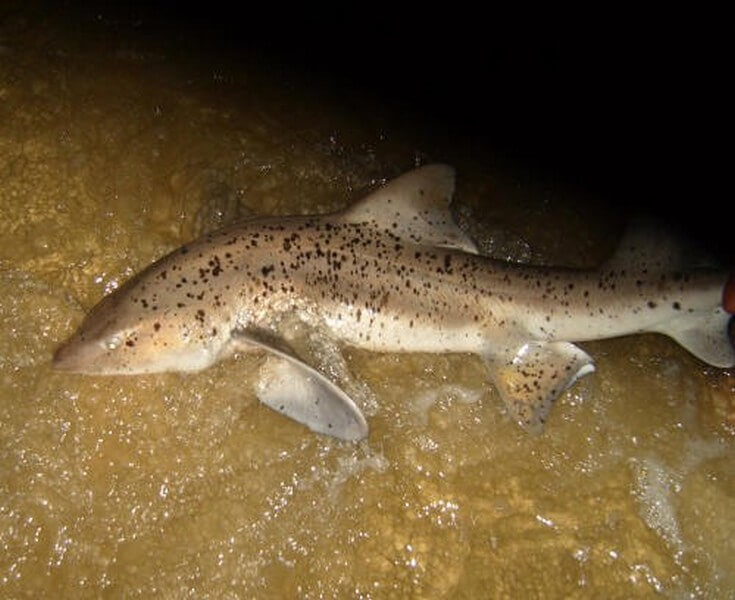Let’s Talk About The Spotted Gully Shark
Found in False Bay, this shark answers to a couple different names, the Spotted Gully Shark, Sharptooth Houndshark, Sweet William or “Spotty” as “affectionately” referred to by anglers. The Spotted Gully Shark, prefers shallow inshore waters from South Africa to Southern Angola, closer to the sea bed in sandy areas near rocks, reefs and gullies.
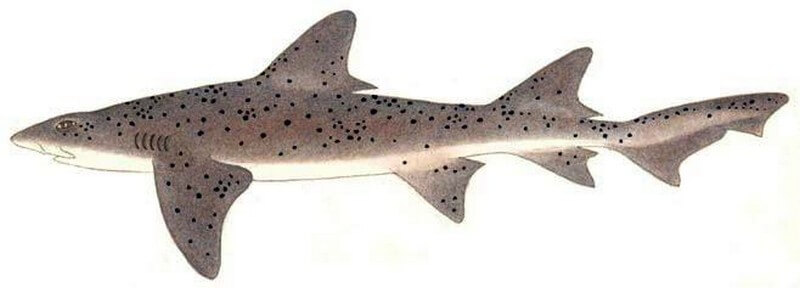
This tough little shark grows to about 1.7 meters in length with the females out-growing the males and boast large rounded fins; it has a short blunt snout and is characteristically grey or bronze in colour with plenty of its signature black spots, while the underside of the shark is paler.
The Spotted Gully Shark is Near Threatened on the IUCN
Being a nocturnally active shark, the Spotted Gully Shark enjoys a diet of crustaceans, bony fish and cephalopods. 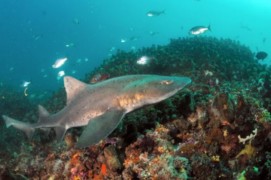
longlines, and have been marked as Near Threatened on the IUCN.
These sweet sharks, tend to keep to depths of 10 meters in sandy habitats, but have been known to go to depth of 50 meters, but never into open waters. And this makes sense when you know that their favourite food is crab, in the juveniles, slipper and spiny lobster as well as bony fish and cephalopods; they have been known to chase their meal almost onto the shore! When the squid spawn, the Spotted Gully Shark, has broken its nocturnal behaviour to hunt during the day to make use of the easy prey.
Great White Sharks Breach at Seal Island
The females will carry their litter of six to twelve pups for a period of 20 months, giving birth between the months of May and August, same time of year the Cape Fur Seals start their independent swim off of Seal Island in False Bay, so the same time the Great Whites breach.
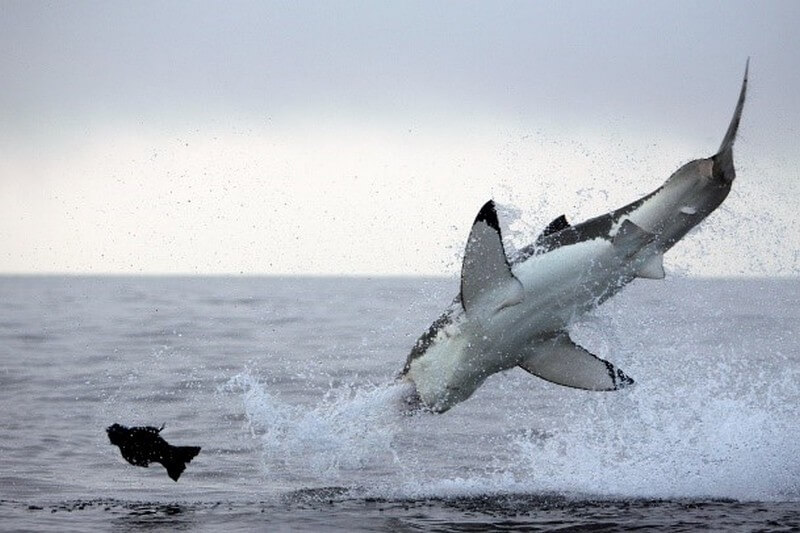
The growth patterns between the male and female of the species are pretty much the same, reaching maturity at between 1.2 and 1.4 meters, usually around 11 to 13 years of age in males and 1.3 to 1.5 meters (15 to 16 years of age) in the females, within a lifespan of some 25 to 30 years.
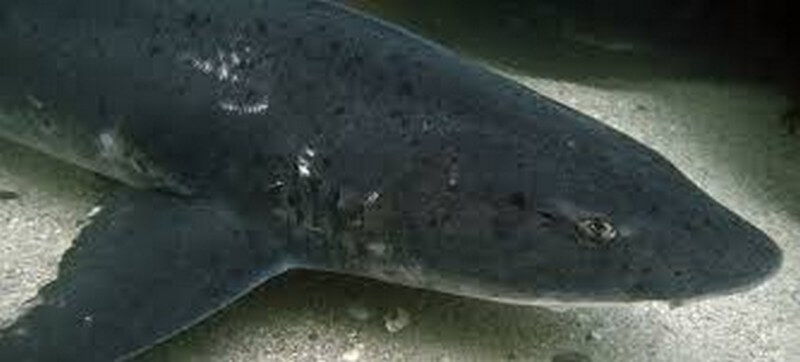
This beautiful, vigorous and hardy shark, is harmless to humans, and not even a great fighter when hooked on a fishing line, so there really is no logical reason that they are recreationally fished! They do adapt well to aquarium living, but this species is highly susceptible to even moderate levels of fishing pressure, due to its restricted range, slow growth rate, and specific demography. The fact that most sharks caught by fishers are immature is an additional source of concern. Can we do something to ensure we don’t push them to extinction?
Come visit us in False Bay to see the Great Whites up close and personal.
Till we meet again,
Keep that toothy grin!

By Nadine Bentley

